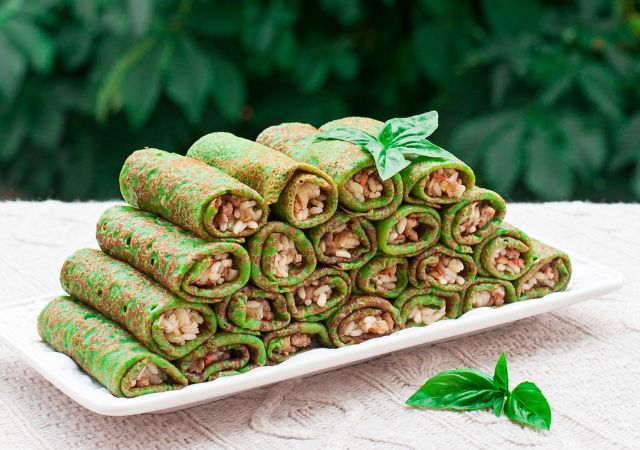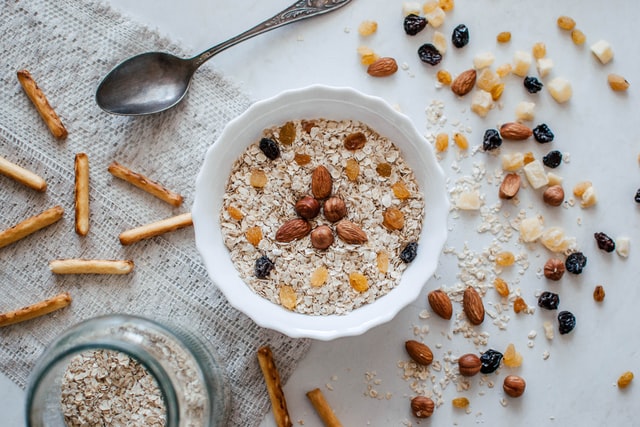
Cereal with milk is the meal most often eaten by children. It is the toddlers who are amateurs of chocolate balls or honey crisps. Unfortunately, some of these products contain a lot of sugar. And during the day, in addition to cereal, the child will eat many other products containing sugar. If all this is added up, there is a high probability that the daily dose will be exceeded.
Contents
A large amount of sugar in the diet is not only a matter of overweight and obesity. Eating sugar in excess can lead to type II diabetes, heart problems, or high blood pressure. In the youngest children, it can also lead to tooth decay.
Breakfast cereals
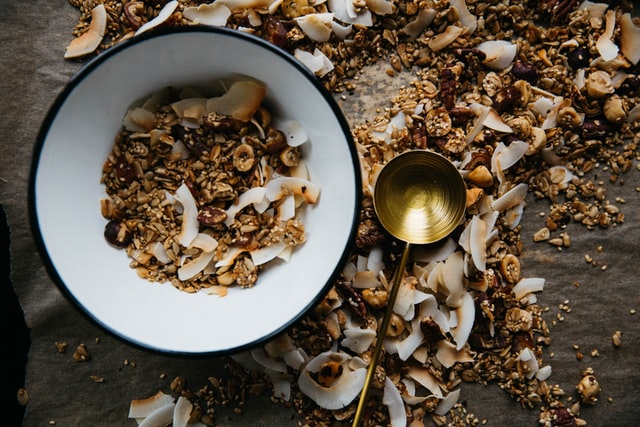
Typical sugary breakfast cereals are not healthy and balanced breakfast. They do not provide the energy needed to spend the first part of the day productively. Given the amount of sugar they contain, they can be considered a sweet treat, such as a candy or candy bar. For children, they can be part of a dessert.
These items do not have any unnecessary ingredients or chemical food additives in their composition. Replace them with foods containing complex carbohydrates, such as scrambled eggs or sandwiches made with dark, whole-grain bread. Exceptions are breakfast cereals with good design: mountain oats, rye, or barley because they contain fiber, minerals, and plant proteins.
Breakfast cereals are a top-rated product among both children and adults. There are not only honey circles, cinnamon squares, or chocolate balls, but also all kinds of fit muesli advertised as healthy and nutritious food. Unfortunately, their advertisements have nothing to do with reality.
Don't be fooled by the information about the content of vitamins and minerals - in fact, flakes have none or very little of them. Such flakes, often eaten with milk or yogurt, contribute to a sudden release of insulin into the blood and give a feeling of satiety for a short while. Their composition also leaves a lot to be desired - a long list of chemical additives and flavor enhancers simply makes you nauseous and dizzy.
Breakfast cereals - what nutrients do they contain?
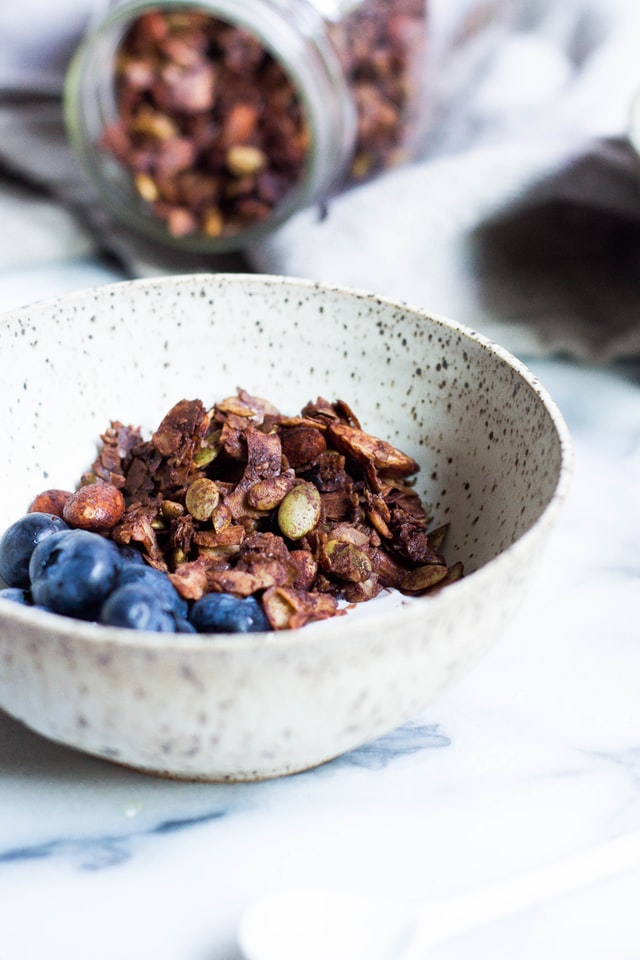
Carbohydrates are the main component of breakfast cereals. For this reason, this article is a source of quick energy. The specific amount depends on how much sugar the manufacturer adds to the grain. Different types of these cereal products additionally contain small amounts of protein and fat. They may also be enriched with macro-and microelements, such as iron, magnesium, or calcium. In this case, the packaging often states that the product is 'fortified.'
Breakfast cereals are a product that provides the body with a large portion of simple sugars. These sugars are rapidly absorbed from the digestive tract into the bloodstream. This causes a rapid rise in blood glucose levels or glycemia. Breakfast cereals also contain fiber, which aids digestion.
Breakfast cereals - are they an excellent start to the day?
Children love sweet cereal with milk. It is also a favorite treat for some adults. However, it's worth shopping consciously and checking the sugar content, as some products can be very insidious. We've put together a ranking of breakfast cereals by their sugar content
Many people are used to eating cereal for breakfast from a young age. Some believe that they provide the body with a lot of energy, which helps you start your morning better. Unfortunately, cereal is a product with a high glycemic index. This means that the vast majority of their calories come from simple carbohydrates. These sugars are rapidly absorbed into the blood, which means that all the energy stored in them is released at once. Breakfast cereals are also not a source of complete protein or healthy fats.
Breakfast cereals and diabetes
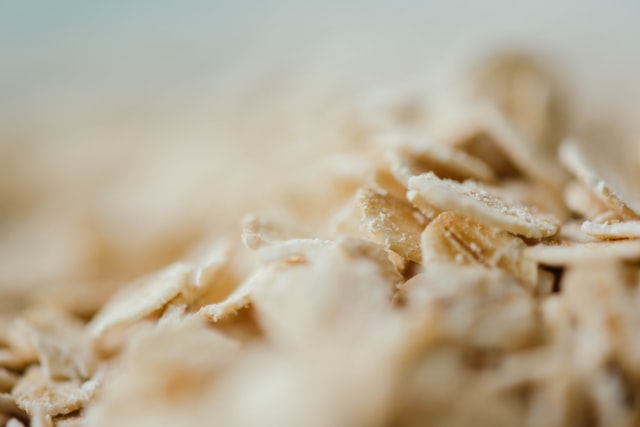
The diet of diabetics should contain as few high-glycemic-index foods as possible. These include cornflakes and all their flavored versions. Why? Regular consumption of these foods is a cause of insulin resistance and type 2 diabetes. Insulin is the hormone responsible for lowering blood glucose by moving glucose from the blood plasma to the cells that need energy. Sudden spikes in sugar cause cells to become insensitive to insulin, and it cannot perform its function effectively. This, in turn, leads to the development of insulin resistance and eventually type 2 diabetes.
Sweetened breakfast cereals and overweight and obesity
Products with a high glycemic index are not recommended for some people. The sudden intake of high amounts of monosaccharides into the body can cause excessive agitation and irritability and problems with attention. This is especially true for children and young people, who are most likely to be targeted by advertisements promoting sugary breakfast cereals.
A large amount of simple sugars in one go provides a quick but short-lived boost of energy. After eating such a meal as breakfast cereal, after a short time, you feel hungry again. Some glucose that the body can't use immediately is converted into triglycerides, which form fat tissue. As a result, people who frequently eat foods with a high glycemic index are often overweight or obese.
Sugar-free breakfast cereals - which ones to try
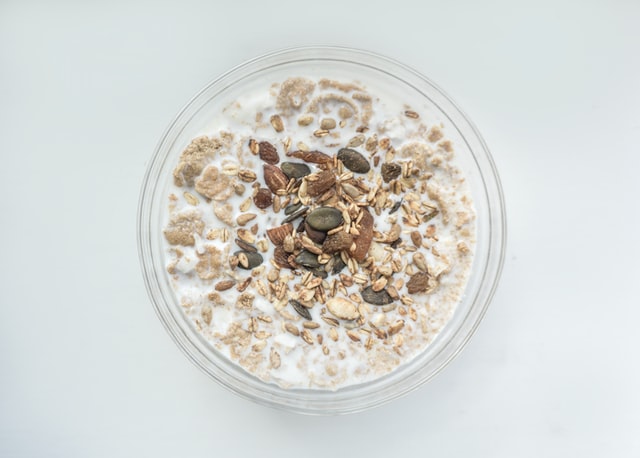
There are many different products on the market under the general name "healthy breakfast cereals." They are often advertised as an excellent option for a complete meal. But is this always true? Popular cornflakes, chocolate flakes, cinnamon flakes, or even muesli flakes with dried fruit contain beneficial ingredients (complex carbohydrates, proteins, vegetable fats) and a large number of simple sugars. They are often enriched with various thickeners, flavors, and colors.
In addition, many products such as healthy breakfast cereals are digested very quickly, providing energy for a short time. This encourages snacking and overeating food. Consequently, this can harm body composition, resulting in increased body fat. Especially people on a weight loss diet.
So which cereal products to choose? Natural sugar-free breakfast cereals include:
- oatmeal
- Barley,
- barley,
- rice,
- amaranth,
These products can be a good base for a complete meal - just add dairy and nuts.
Oatmeal breakfast cereal
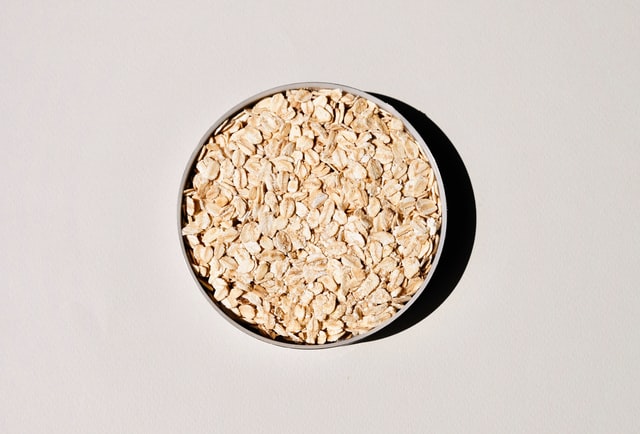
Produced from oats can be healthy and rich in microelements based in meals, both for children and adults. They contain a lot of dietary fiber, which has a beneficial effect on intestinal transit and the functioning of the digestive tract.
Along with an adequate amount of fluid intake, it helps effectively deal with constipation. In addition, oatmeal breakfast cereals are rich in magnesium, calcium, and zinc, which are crucial for the health of the nervous, immune, and bone systems. Moreover, the famous oatmeal has a high satiety index, which means that it helps you get rid of the feeling of hunger for a long time.
Millet cereal
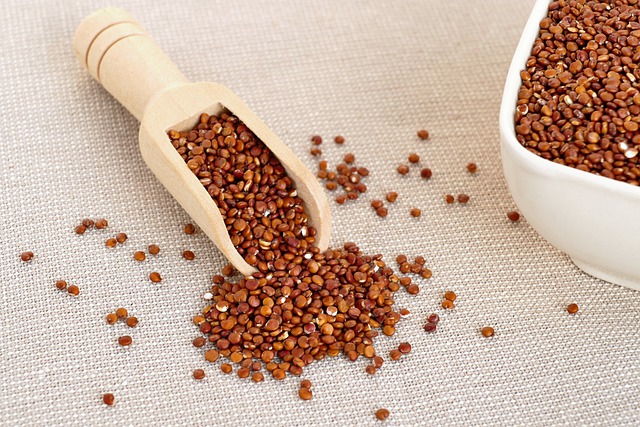
The millet is a rich source of B vitamins, thanks to which it supports the proper functioning of the body, especially the nervous system. In addition, they contain anti-aging vitamin E, lecithin responsible for regulating cholesterol levels, and zinc, which positively affects hair and nails.
The beneficial properties of millet do not end here - it also contains calcium, phosphorus, and iron, which affect the bones, blood, and nerves. It also has a positive effect on the digestive system and kidney function. In 100 grams of millet, flakes can be found for about 361 calories.
Barley cereal
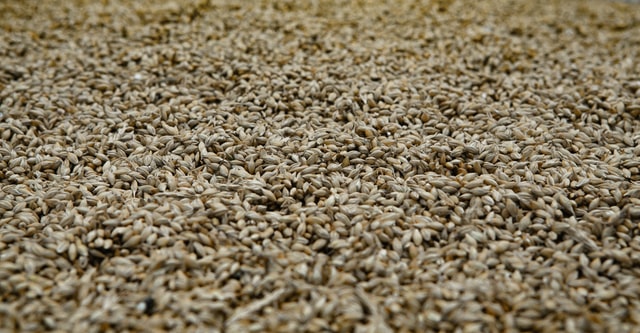
Barley flakes are a treasury of vitamin E, which prevents infertility and cancer development, being also an antioxidant vitamin inhibiting aging processes and B vitamins that regulate the nervous system, improving brain function and having a positive effect on concentration and mood.
Their properties make this product known as a functional food or health-promoting. The abundance of nutritional values means that regular consumption of barley flakes supplements the need for components necessary for the proper functioning of the body.
Rice cereal
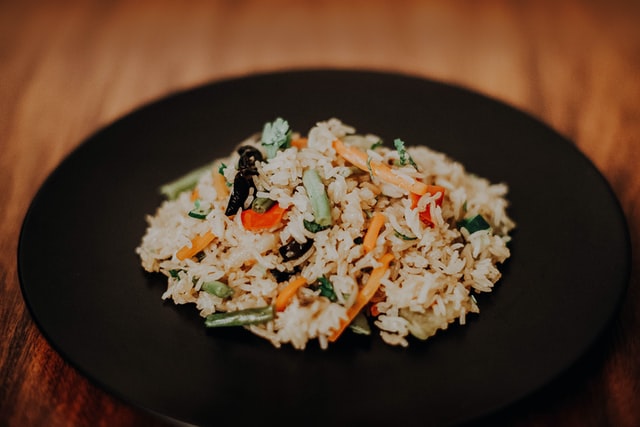
Is a tasty and healthy flake that is easily digestible and rich in iron and calcium. They do not contain gluten, so they can be safely eaten by people with allergies, small children, and celiac disease.
Let's find out what health properties rice flakes have and how to include them in your daily diet. They are especially recommended as an ingredient in slimming diets because they are light and filling. They make an excellent base for healthy and nutritious breakfasts and can also be used for thickening soups and sauces as they are much more beneficial than traditional flour.
Amaranth cereal
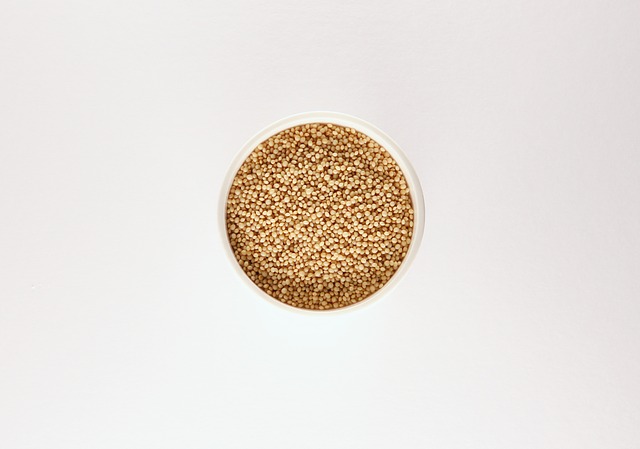
Amaranth was known to the indigenous inhabitants of North America long before Christopher Columbus discovered the continent. As early as 4,000 years ago, amaranth was cultivated by the Mayans, who used it to prepare various dishes.
With the voyage of Columbus, the seeds of amaranth came to Europe. Still, this plant was underestimated for a long time, being mainly an ornament in gardens, and was even almost forgotten.The rediscovery of amaranth came in the 21st century when it was found that this grain has many valuable health-promoting and even medicinal properties. Its nutritional value is far superior to wheat, barley, and rye.





